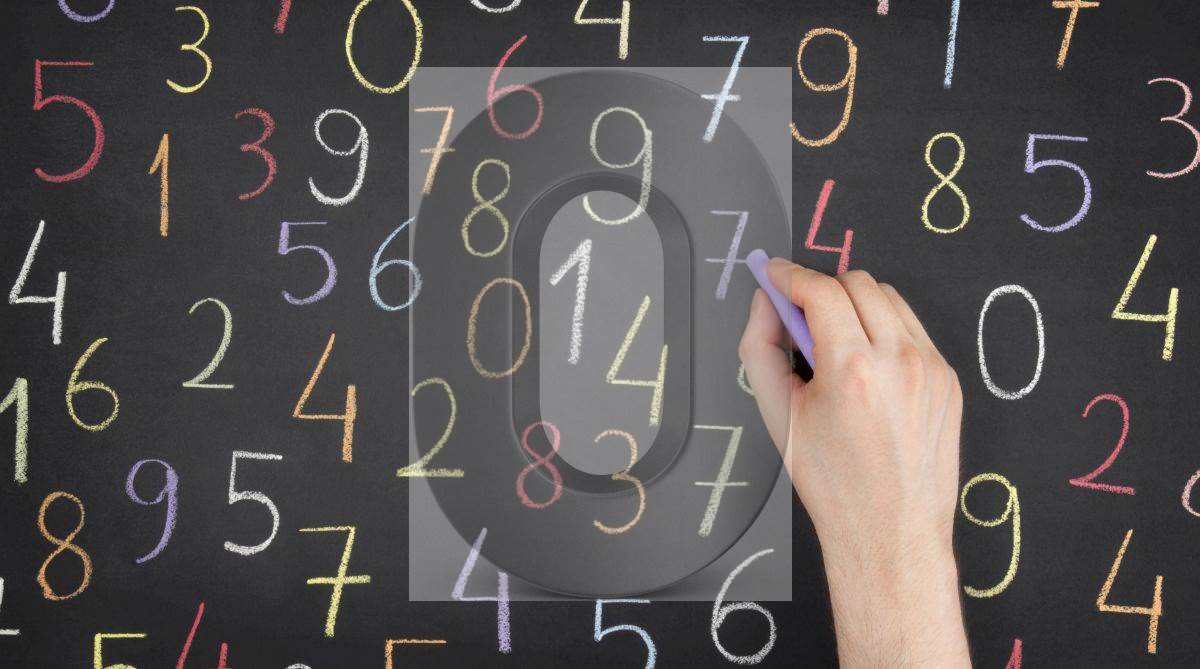Pathways to education
Current educational pathways are not leading to sufficiently educated students with proper understanding of science, mathematics, geography and other subjects.
The development of zero has made human society easy and comfortable. As maths is a global language, and calculus its crowning achievement, zero exists and is used everywhere.

(Photo: Getty Images)
Zero reached Europe by the middle of the 12th century when Al-Khwarizmi’s book was translated into Latin under the title ‘Al-khwarizmi on the Numerials of the Indians.’ Italian mathematician Leonardo Fibonacci (Ca 1170- Ca 1250 CE) popularised the use of zero in Europe. In 1202, Fibonacci wrote a book Liber Abaci or Abacus book (Book of calculation).
The next great mathematician who used zero in his work was Rene Descartes, the founder of the Cartesian co-ordinate system. As anyone who has had to graph a triangle, or a Parabola, knows Descartes origin is (0,0). Now zero was becoming more familiar. It developed calculus. Sir Issac Newton and GB Leibniz made his final step in understanding zero.
In the 21st century, zero is so common that to talk about it seems like much ado about nothing. The development of zero has made human society easy and comfortable. As maths is a global language, and calculus its crowning achievement, zero exists and is used everywhere.
Advertisement
The importance of zero in mathematics
Zero is important if you think about sets. An empty or void or null set is one which has no element (or member)
Example: Set A = { x: x 2 + 1 = 0, x is a real no. }
The addition property of zero: Whenever Zero is added to a whole number or vice-versa, the sum will be a whole number.
Example: 0 + 3 = 3 + 0 = 3
The subtraction property: Whenever zero is subtracted from a whole number the difference will be the whole number and whenever a whole number is subtracted from itself, the difference will be zero.
Example: 3 – 0 = 3; 3 – 3 = 0
The multiplication property: It is a little like addition property in that it does not matter in what order you do the operation to the whole number. Thus, a whole number multiplied by zero is equal to zero and vice-versa.
Example: 0 x 3 = 3 x 0 = 0
Zero is very important for its place-holding value. If you have a number like three hundred five, how do you write it so, that you understand that there are no tens in the number. You cannot write it as 35 because it is a totally different number (Two-digits-number).
One neat thing when dealing with powers of 10: 10 squared = 102 =100, observe the exponent (or power or indices) 2 shows how many zeros will be in the written form of the number. When you round numbers like 5342 the nearest the, you place a zero in the unit place and round to the nearest hundred that equals 5000.
The division property of zero is interesting. If zero is divided by a whole number, the quotient will be zero. But if a whole number is divided by zero then you cannot come up with an inverse statement that makes sense. Let x be a number then x/0 is called infinity.
Suppose, x,y are any two real numbers in such way that we get a unique number and x = py ? x/y = p, where x is called dividend, y is called divisor and p is called quotient then we can write, Dividend=Divisor x Quotient.
To rectify an exact division, we can observe this by following the experiment of zero.
Example: 112/7=16, true, because 16 x 7 = 112
Similarly, 112/8=16, is not true because 16 x 8 ? 112
In the definition of division, p is called a unique real number, because A given real number/A real number=a real number. We will not get more than one quotient.
This uniqueness is the fundamental principle of mathematics.
Our assumption ‘1/0’ is the greatest number. Let this number be x (quotient)
x= 1/0 — 0×x=1, which is not possible because 0, and 1 are two different real numbers. Thus, to rectify a division 1/0 will not show the greatest number. Clearly, 1/1=1, 2/2=1, -3/-3=1 etc. i.e. if we divide a real number by itself, the quotient must be equal to 1. So, we can guess 0/0=1.
Test for rectification: 0 ×1=0—0=0 which is tree but if we choose 0/0 = 2 , 0/0 = -3 , 0/0 = 5 etc. then we can write 0 ×2=0,0 ×-3=0, 0 ×5=0 thus 0/0 gives the different results i.e. 2, -3, 5 etc. Therefore, we can conclude that 1/0 indicates the greatest number and 1/0 is a unique number is not true.
Finally, the greatest scientist and mathematician Sir Issac Newton and GW Libnitz came forward to tackle this situation that division by zero is meaningless. Division by zero is abandoned in mathematics. Division by zero is ruled out in mathematics.
Bibliography
1. Higher Secondary Mathematics Vol 2 – Maity and Ghosh.
2. Higher Secondary Mathematics Vol 1 – Sen and Chattopadhya.
3. Arithmetic Book ( IX – X) – JC Chakraborty
4. An article from – Dr. Asis Kumar Chaudhury, outstanding scientist and Head Theoretical Nuclear Physics group and senior professor.
5. An article – from Nils-Bertil Wallin.
The only way to learn mathematics is to do mathematics — Paul Holmos.
Advertisement